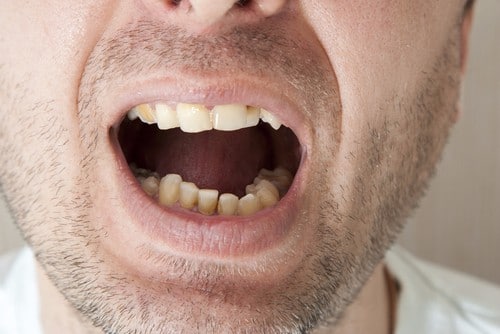Dental Bonding
Are you unhappy with the way your smile looks? Do you look in the mirror and are immediately drawn to a crooked, cracked, broken, or overall misshaped tooth? Do you wish your smile could look perfect and reflect the inner confidence you have? If so, you may benefit and qualify for dental bonding. It can be done on one or more teeth to restore the natural and healthy look of the mouth. This process is largely considered cosmetic, yet it can improve function of the tooth in the case of a chip or a crack. Regardless of your reason for looking into bonding, there is a lot to know about the process. If you have any questions or concerns about dental bonding, keep reading below to receive answers to the basic foundation of dental bonding.
What Conditions is Dental Bonding Considered For?
Before understanding whether or not you qualify for a dental bonding procedure, you should be aware of the typical reasons that people may give for receiving the process. The first and most common reason is to repair damaged teeth. Essentially, bonding uses the same material as dentists use to fill a cavity. This means that technically every time a cavity is filled, you are getting a dental bonding.
A second reason people desire dental bonds is to fix and repair chipped teeth and spaces between them. This makes it so every tooth in your mouth looks perfectly uniform to another. Next, if you have a misshaped or short tooth, dental bonds may be applied to improve the look that your teeth have. Instead of having crooked, small, or damaged looking teeth, you can get them fixed with a dental bonding.
Dental Bonding Process
The process of bonding is truly quite simple. The whole procedure can be completed in a single day in a short period of time. When you first arrive to your appointment, your dentist will likely administer local anesthesia to the area if the bonding is being used to repair a damaged or decayed tooth.
Next, they will identify the shade of your teeth so they can match the composite color with the rest of the teeth within your mouth. Following this, the bonding process begins. The surface of your tooth is roughened to create more texture for the liquid composite to bind to. A conditioning liquid is then applied, and then the tooth colored resin is molded and shaped to the tooth being fixed. To harden this resin, the dentist will use a blue light.
Following this, the hardened resin is shaped and polished to match the shape of the other teeth you have in your mouth. The process of dental bonding is quite simple and there is nothing to be afraid of. You’ll have a perfected tooth in no time!
Aftercare
After you receive your bonding procedure, remember to practice normal oral hygiene. This includes brushing your teeth twice a day and flossing at least once per day. Doing so will prevent the buildup of bacteria and contaminants. Keep in mind that the material used for the dental bonding can chip, so avoid chewing on hard or tough foods and objects. Other than that, there is no special aftercare and practices you must follow to maintain your oral health.
Get Dental Bonding Done Today
If you believe you qualify and could benefit from a dental bonding, talk to your dentist today. In between dentists? Todd Shatkin DDS can help. We offer free consultations, so call us to schedule an appointment to discuss any questions or concerns you may have about bonding a tooth. Instead of being self-conscious about what your teeth and smile look like, we can help improve the quality of your smile today!
Like us on Facebook!

